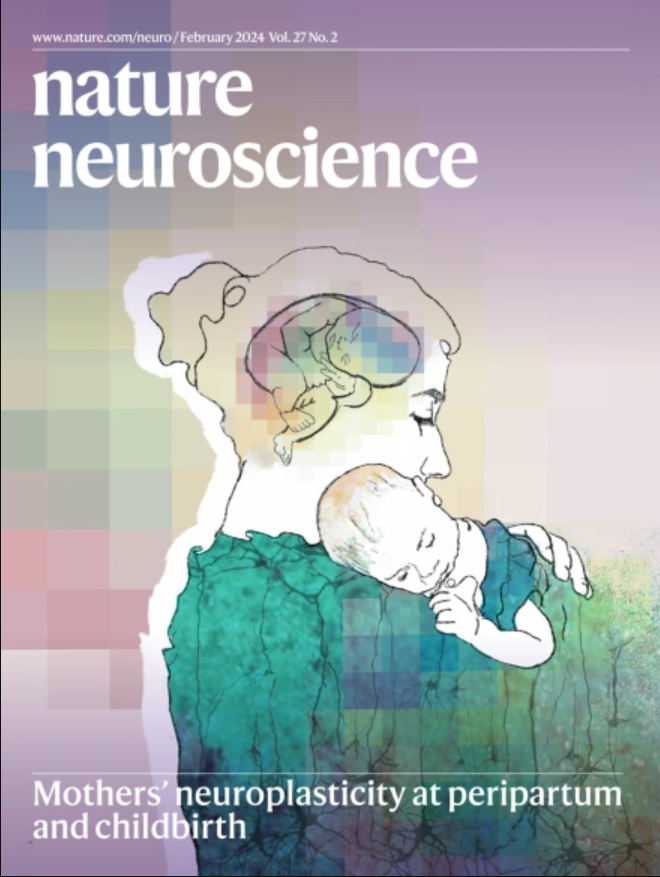睡眠周期处理记忆
IF 20
1区 医学
Q1 NEUROSCIENCES
引用次数: 0
摘要
睡眠期间的记忆重放可能促进了记忆从海马体的中间存储向皮层的长期存储的转移。Bollmann, Baracskay等人在《神经元》上发表的一篇论文中揭示,在这个过程中,记忆不是静态的,而是在睡眠期间转化为长期状态。作者追踪了大鼠在习得、长时间(17-20小时)睡眠/休息和第二天回忆期间的海马体空间记忆集合。习得和回忆诱导了不同的神经元集合,并且在睡眠过程中,集合活动逐渐从类获取状态演变为类回忆状态。有趣的是,非快速眼动睡眠推动记忆漂移到回忆,而快速眼动睡眠抵消了这种漂移。这些发现与之前的研究相呼应,即非快速眼动睡眠在巩固过程中起着至关重要的作用,同时也为非快速眼动睡眠和快速眼动睡眠在巩固过程中潜在的不同作用提供了有趣的线索。原始参考文献:Neuron https://doi.org/10.1016/j.neuron.2025.02.025 (2025)本文章由计算机程序翻译,如有差异,请以英文原文为准。
Sleep cycles process memories
求助全文
通过发布文献求助,成功后即可免费获取论文全文。
去求助
来源期刊

Nature neuroscience
医学-神经科学
CiteScore
38.60
自引率
1.20%
发文量
212
审稿时长
1 months
期刊介绍:
Nature Neuroscience, a multidisciplinary journal, publishes papers of the utmost quality and significance across all realms of neuroscience. The editors welcome contributions spanning molecular, cellular, systems, and cognitive neuroscience, along with psychophysics, computational modeling, and nervous system disorders. While no area is off-limits, studies offering fundamental insights into nervous system function receive priority.
The journal offers high visibility to both readers and authors, fostering interdisciplinary communication and accessibility to a broad audience. It maintains high standards of copy editing and production, rigorous peer review, rapid publication, and operates independently from academic societies and other vested interests.
In addition to primary research, Nature Neuroscience features news and views, reviews, editorials, commentaries, perspectives, book reviews, and correspondence, aiming to serve as the voice of the global neuroscience community.
 求助内容:
求助内容: 应助结果提醒方式:
应助结果提醒方式:


